Gohyang (고향)
1.5Km 2021-03-22
15, Jong-ro, 31ga-gil, Jongno-gu, Seoul
+82-2-743-9191
A place where you can try various Korean dishes. This Korean dishes restaurant is located in Jongno-gu, Seoul. The most famous menu is bulgogi.
Diadem (디아뎀)
1.5Km 2016-09-05
258-1, Yeji-dong, Jongno-gu, Seoul-si
+82-2-2273-9992
Situé au 2ème étage de l’immeuble incluant le marché de Gwangjang, Diadem est une boutique spécialisée dans les accessoires de mariage. Tous les articles sont faits à la main et la qualité est au rendez-vous ! Avantage non négligeable : les clients de la boutique Diadem peuvent eux aussi créer leurs propres accessoires de mariage ou les ajuster en fonction de leurs goûts.
Seoul Gyeonggyojang (서울 경교장)
1.5Km 2021-06-22
29, Saemunan-ro, Jongno-gu, Seoul
+82-2-735-2038
Situé a Pyeong-dong, Jongno-gu, Seoul, c’est
un lieu historique ayant servi de bureau et lieu de résidence de Kim Gu, indépendantiste
et chef du gouvernement provisoire coréen, depuis son retour de Chine de
novembre 1945 jusqu’à son assassinat le 26 juin 1949. Avec le Ihwajang de Lee
SeungMan et le Samcheongjang de Kim GyuShik, Gyeonggyojang fait partie des 3
lieux qui ont vu la naissance de la fondation de la République de Corée. Choi
ChangHak, exploitant de mine d’or, bâtit cette maison au style architectural japonais
de 875m² (un sous-sol, et
deux étages en surface) sur un terrain de 5 235m² et la nomma Jukcheomjang. Après la date
d’indépendance du 15 août, Choi ChangHak offra cette résidence à Kim Gu qui
renomma cette demeure au nom japonais par le nom Gyeonggyojang tiré du nom d’un
pont se situant à proximité. En 1968 l’hôpital Goryeo, actuel Gangbuk Samsung,
racheta cette résidence pour l’intégrer dans son centre hospitalier.
Nuwa [Korea Quality] / 누와 [한국관광 품질인증/Korea Quality]
1.5Km 2021-03-29
3-1, Pirundae-ro 5na-gil, Jongno-gu, Seoul
This hanok (traditional Korean house) is located deep in the Seochon Village, west of Seoul’s Gyeongbokgung Palace. Its tasteful renovation of a small 33 m2 hanok made it highly popular among the younger guests. The courtyard has a low maple tree and tastefully arranged stones, while the hanok is capable of accommodating up to 2 persons.
This L-shaped hanok has a full window wall facing the living room, which is furnished with a low walnut table and a bathtub. Visitors can enjoy premium tea at the table. The bathtub, which is connected to the table at one end, can be used mainly for a foot bath with bath salts that assist circulation. There is also a restroom in the building.
Nuwa’s bedroom has a circular window, much like the full moon, with a view of the garden and the fringes of the Inwangsan Mountain.
Nunnamujip (눈나무집)
1.5Km 2020-06-16
136-1, Samcheong-ro, Jongno-gu, Seoul
+82-2-739-6742
Nunnamujip is famous for a North Korean dish called, “Kimchi mari guksu”, which is a noodle dish in cold kimchi soup containing toasted laver, a boiled egg, and sesame. The soup is refreshingly cold and a little spicy. For “Kimchi mari bap”, a bowl of rice is put into cold kimchi soup instead of noodles. The taste is very unique. In addition to Kimchimari, “Tteokgalbi” is a popular dish on the menu as well.
The main restaurant is located in the basement, which has only limited seating capacity with a few tables. As a result, many people usually wait in line for lunch or dinner. A second franchise has opened in a three-story building across the street. To enjoy a quaint atmosphere, the first establishment is better, but the new one’s interior design is much more modern and fancier, giving it a fresh altering look.
Hangeureut (한그릇)
1.5Km 2021-03-18
136, Samcheong-ro, Jongno-gu, Seoul
+82-2-720-5613
A store that also serves delicious meat noodles. The best menu at this restaurant is rice soup. This is a Korean cuisine located in Jongno, Seoul.
Haemul Saryeongbu (해물사령부)
1.5Km 2021-03-19
10, Jong-ro 31ga-gil, Jongno-gu, Seoul
+82-2-763-8882
Blowfish broth is used for all dishes. The representative menu is braised beef short ribs and seafood/braised spareribs and seafood. This is a Korean cuisine located in Jongno, Seoul.
Jaembaeok (잼배옥)
1.5Km 2021-03-30
68-9, Sejong-daero 9-gil, Jung-gu, Seoul
+82-2-755-8106
It has over 80 years of tradition. This Korean dishes restaurant is located in Jung-gu, Seoul. The representative menu is ox bone soup.
NUHADANG [Korea Quality] / 누하당 [한국관광 품질인증]
1.5Km 2020-09-10
49-7, Pirundae-ro, Jongno-gu, Seoul
010-9692-1330
Guesthouse Nuha is a ‘hanok’ or traditional Korean house consisting of four guestrooms located in Nuha-dong, Seochon (west of Gyeongbokgung Palace, Jongno, Seoul) where many Confucian scholars and artists lived during the Joseon Dynasty.
Exuding a refined atmosphere, Guesthouse Nuha is very popular among not only domestic visitors but also foreign tourists who want to experience the flavor of Korea in a cozy hanok. All four guestrooms (An-bang, Sarang-bang, Geul-bang, and Byeol-dang) are covered with eco-friendly hanji (traditional Korean paper handmade from mulberry tree) wallpaper, and are equipped with a thick cotton-wool comforter and pillows imbued with the scent of Hinoki cypress tree to help guests relieve their fatigue.
Breakfast is served free of charge. Guests can also experience traditional Korean culture here, such as playing a Korean musical instrument (janggu or double-headed drum), playing a game of yut in the yard, or wearing hanbok (traditional Korean clothes). Although a local bus service passes through the village, it is highly recommended to take a quiet leisurely around the area.
Uga Yukhoe Bulgogi (우가육회불고기)
1.5Km 2021-03-19
198-2, Jong-ro, Jongno-gu, Seoul
+82-2-2286-6656
This Korean cuisine is located near Jongno 5(o)ga Station, Seoul. It is located at Yukhoe Alley in Gwangjang Market, one of Korea’s representative traditional markets. The representative menu is sliced raw beef.
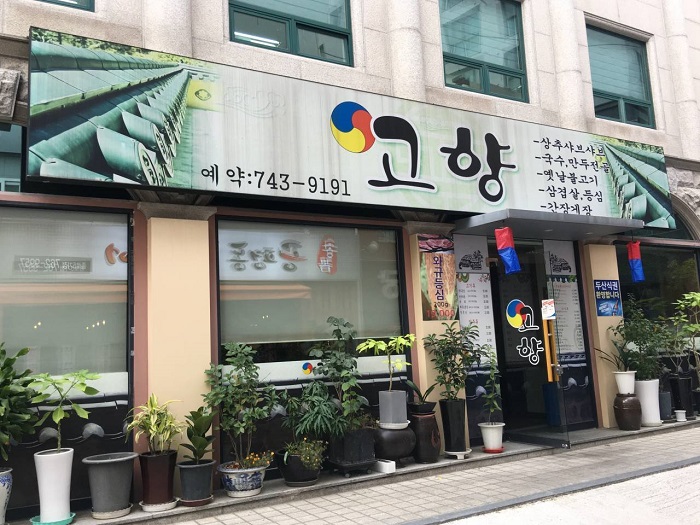
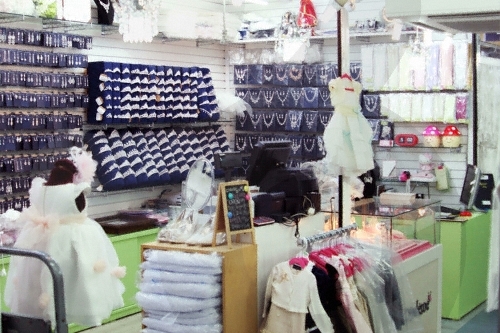
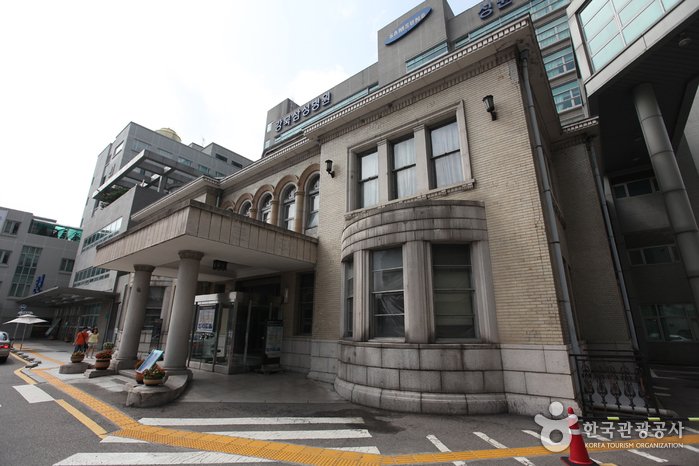
![Nuwa [Korea Quality] / 누와 [한국관광 품질인증/Korea Quality]](http://tong.visitkorea.or.kr/cms/resource/07/2707607_image2_1.jpg)
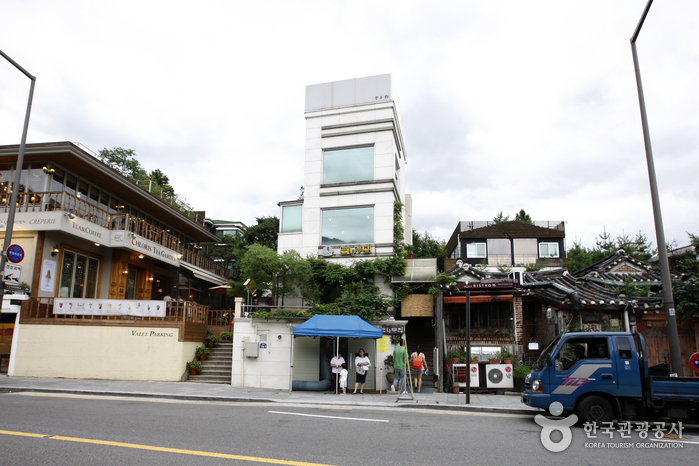
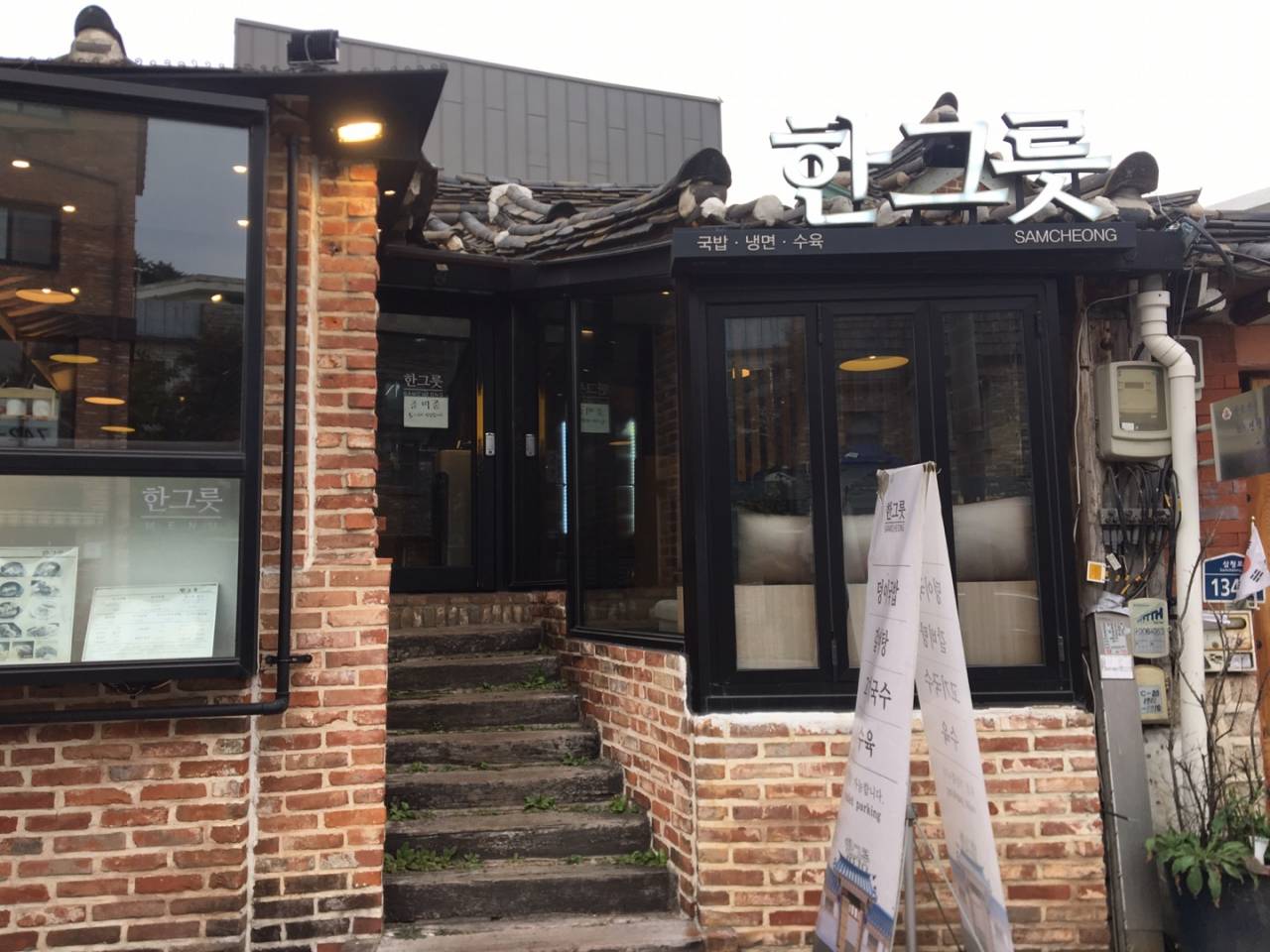
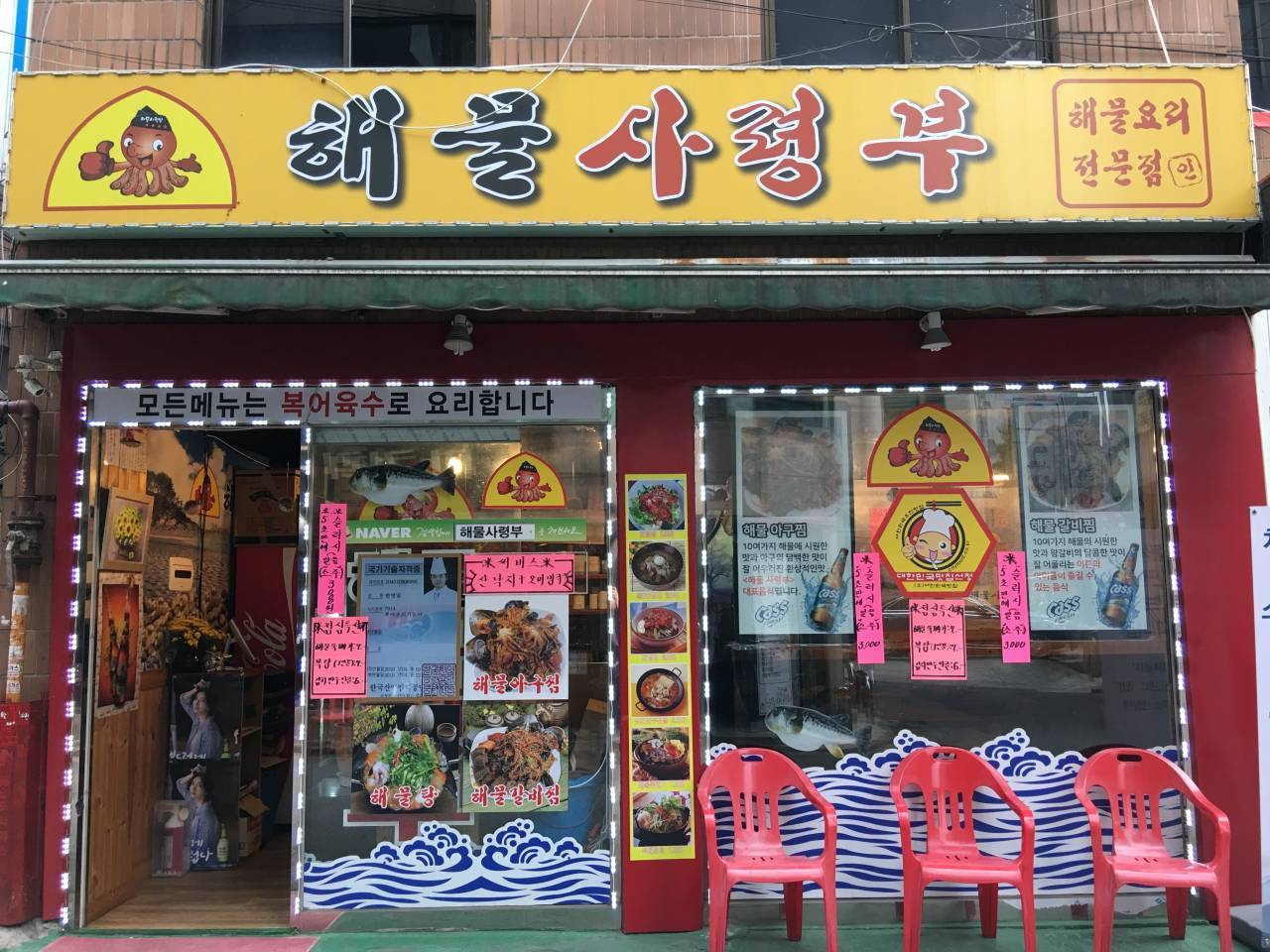
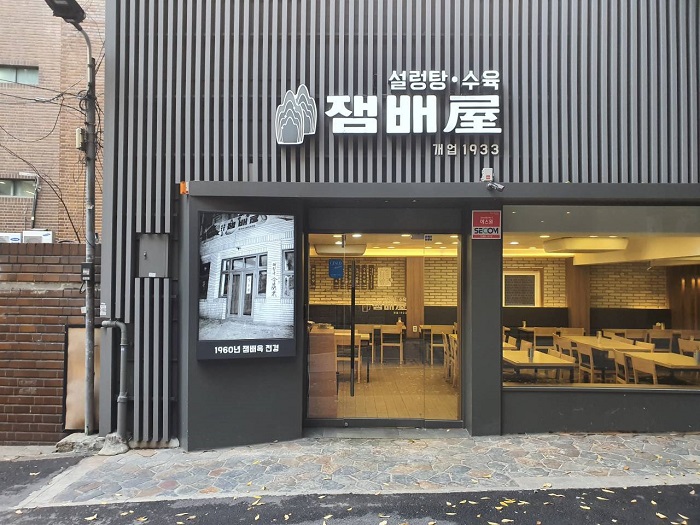
![NUHADANG [Korea Quality] / 누하당 [한국관광 품질인증]](http://tong.visitkorea.or.kr/cms/resource/58/2532358_image2_1.jpg)
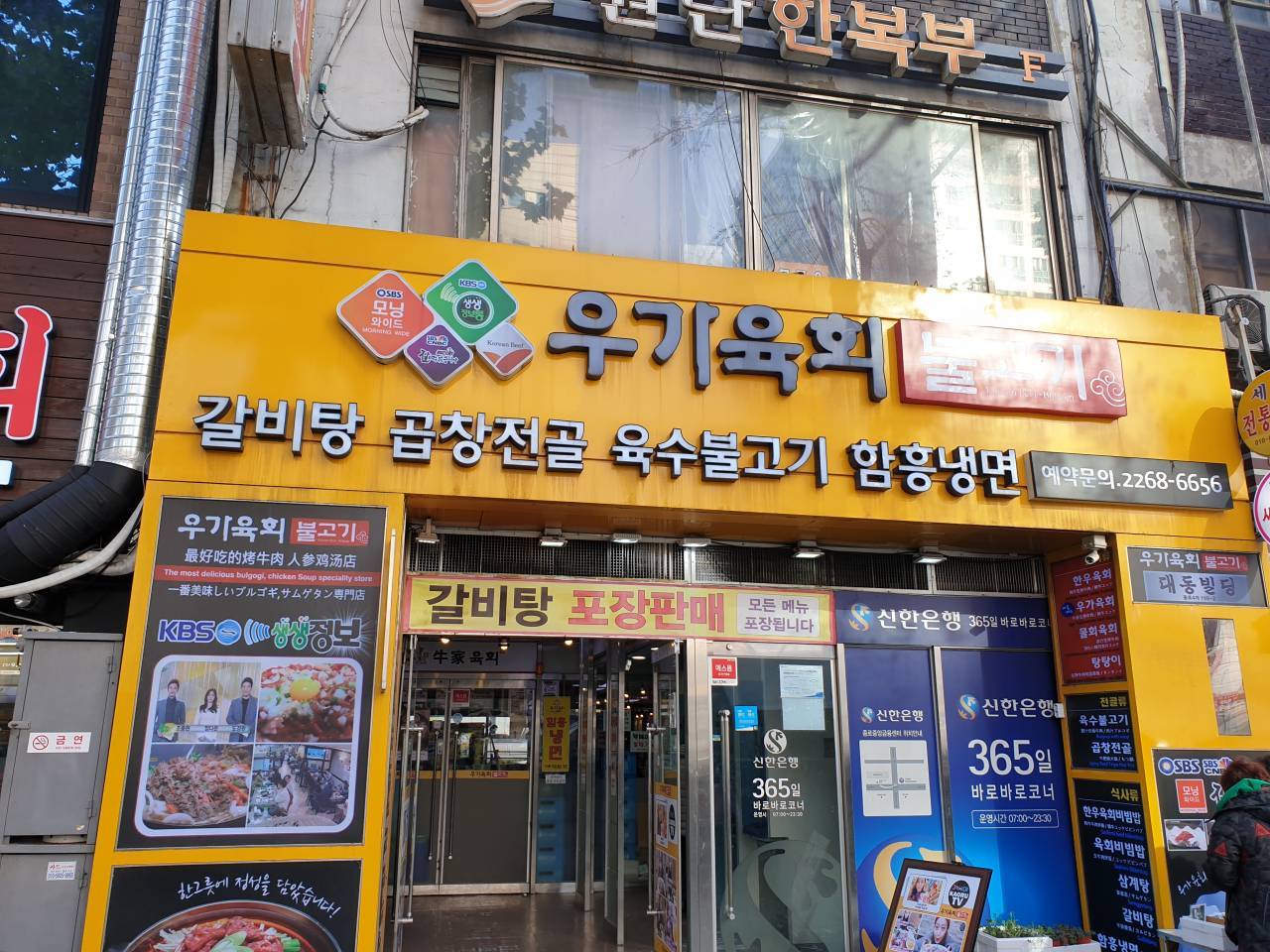
 Français
Français
 한국어
한국어 English
English 日本語
日本語 中文(简体)
中文(简体) Deutsch
Deutsch Español
Español Русский
Русский